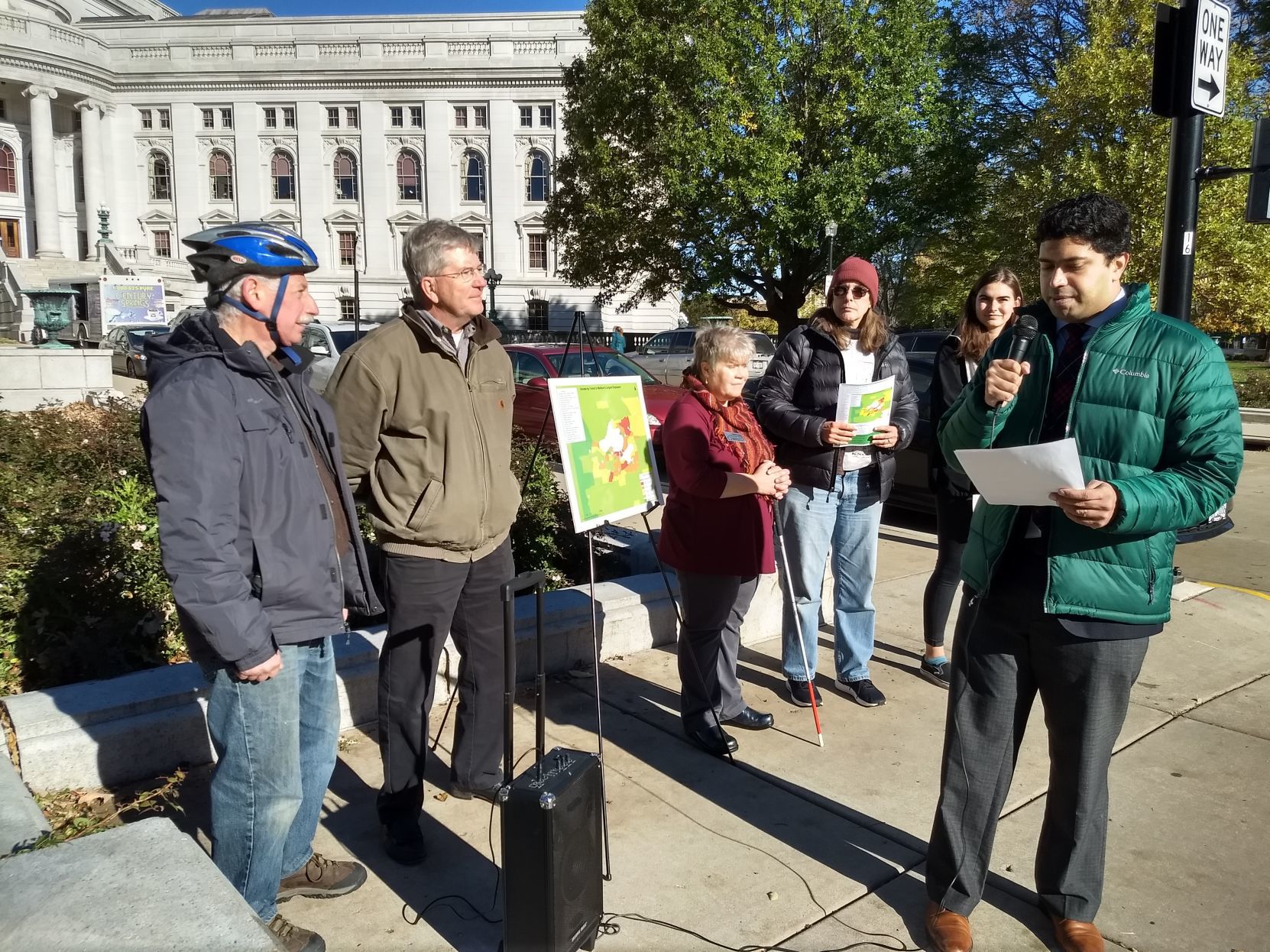

Denise Jess was born legally blind, so driving was “never an option,” she said. She can use the Madison Metro Transit system to get to work, the grocery store or friends’ houses, but “the toll is huge.”
Her doctor’s appointment might be just a 15-minute car ride away, but it could take her an hour-and-a-half to get there on the bus. Then, after a 20-minute appointment, she has to turn around and get back on the bus home.
Increased travel time can mean less energy, time with friends and family (which can mean higher childcare costs) and even less time to cook healthy food, Jess said. She’s not alone. Roughly 670,000 people in Wisconsin have a disability, many of whom rely on public transportation because of that disability or poverty, Jess said.
Ken Notes: What we fail to address is the economic model that drives our transit system. As long as we focus on smaller rider groups even though their needs may be exponentially higher, not serving the mainstream and business client means we will not have the revenue they can bring to the system. If we worked with the airport, hotels, burbs, downtown, and companies to provide profitable systems we could address markets dependent on mass transit far more effectively.
Think if it this way, if Uber had started out as a get grandma to the store company they would not have grown to a 72 Billion dollar company that is a reliable way to get grandma to the store not to mention the potential to get her on on demand hot meal at home. This is done without federal supplements -- what if we partnered with Uber to give grandma a ride for free in a Toyota Hybrid???
Share this article on you social outlets
Our Sponsors
- - Volume: 6 - WEEK: 44 Date: 10/29/2018 8:17:36 AM -